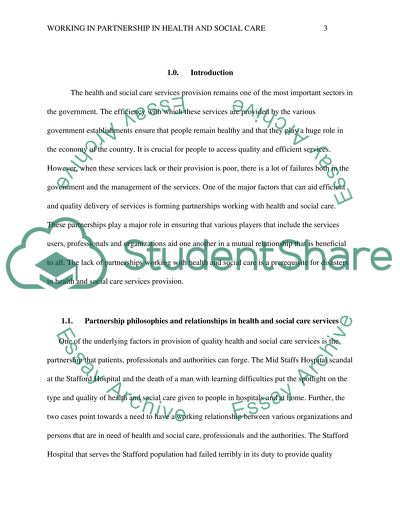Cite this document
(“Working in Partnership in Health and Social Care Essay - 2”, n.d.)
Working in Partnership in Health and Social Care Essay - 2. Retrieved from https://studentshare.org/health-sciences-medicine/1633052-working-in-partnership-in-health-and-social-care
Working in Partnership in Health and Social Care Essay - 2. Retrieved from https://studentshare.org/health-sciences-medicine/1633052-working-in-partnership-in-health-and-social-care
(Working in Partnership in Health and Social Care Essay - 2)
Working in Partnership in Health and Social Care Essay - 2. https://studentshare.org/health-sciences-medicine/1633052-working-in-partnership-in-health-and-social-care.
Working in Partnership in Health and Social Care Essay - 2. https://studentshare.org/health-sciences-medicine/1633052-working-in-partnership-in-health-and-social-care.
“Working in Partnership in Health and Social Care Essay - 2”, n.d. https://studentshare.org/health-sciences-medicine/1633052-working-in-partnership-in-health-and-social-care.


